Honeysuckle is a plant that evokes mixed feelings among gardeners and nature enthusiasts. While its captivating fragrance and alluring beauty make it a beloved addition to many gardens, honeysuckle also presents challenges that can frustrate even the most patient gardener. In this blog post, we explore both sides of the coin, examining the six worst aspects of growing honeysuckle alongside six compelling reasons why it’s still cherished by so many.
Invasive Nature
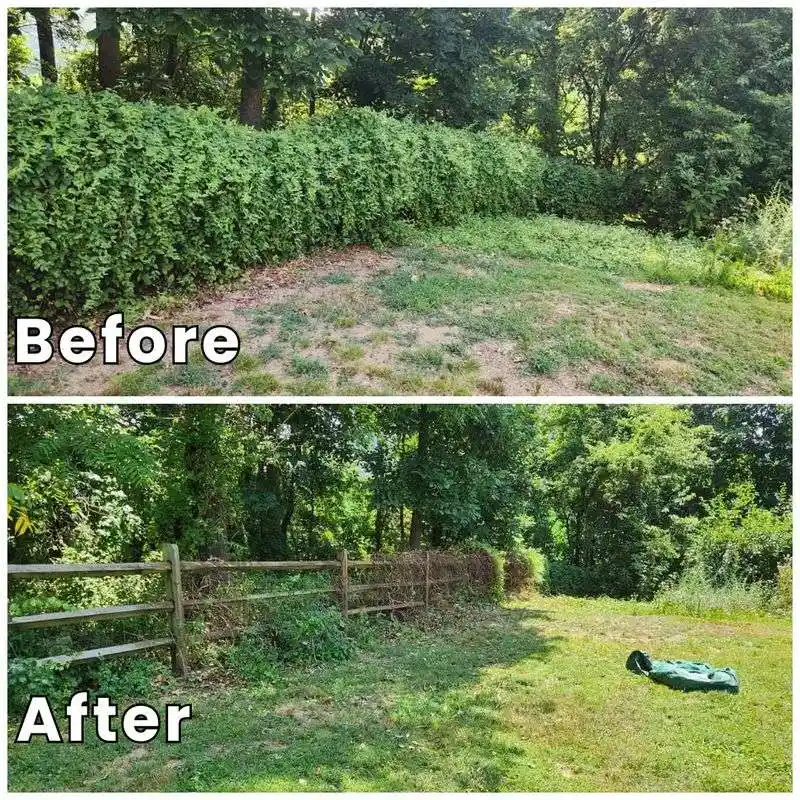
Honeysuckle vines are notorious for their invasive nature. They grow rapidly, often overwhelming other plants and structures in your garden. With their ability to spread quickly, they can become difficult to control. This aggressive growth is not just a nuisance; it can also harm your garden’s ecosystem, pushing out native plants and disrupting local wildlife habitats. Despite their beauty, gardeners may find themselves battling to keep these vines in check. If left unchecked, honeysuckle can take over, requiring constant pruning and maintenance to manage its vigorous growth.
Pest Magnet

Honeysuckle plants often attract a variety of pests, including aphids and spider mites. These unwanted visitors can cause significant damage, leading to yellowing leaves and stunted growth. The sweet scent of honeysuckle may also draw in insects that are not beneficial for your garden. Pest control can become a regular chore, requiring vigilance and possibly chemical interventions. While the plant’s allure is undeniable, the constant battle against pests can be draining. Gardeners must weigh the beauty of honeysuckle against the potential for infestation.
Allergy Trigger

For those with allergies, honeysuckle can be more of a curse than a blessing. The plant’s powerful fragrance and pollen are known allergens, which can cause sneezing, watery eyes, and discomfort during blooming seasons. Allergy sufferers may find themselves avoiding gardens adorned with honeysuckle, despite their appreciation for its beauty. This aspect can limit its appeal, as not everyone can enjoy its presence without adverse reactions. Choosing to grow honeysuckle requires consideration of potential allergy risks, both for yourself and your visitors.
Thirsty Plant
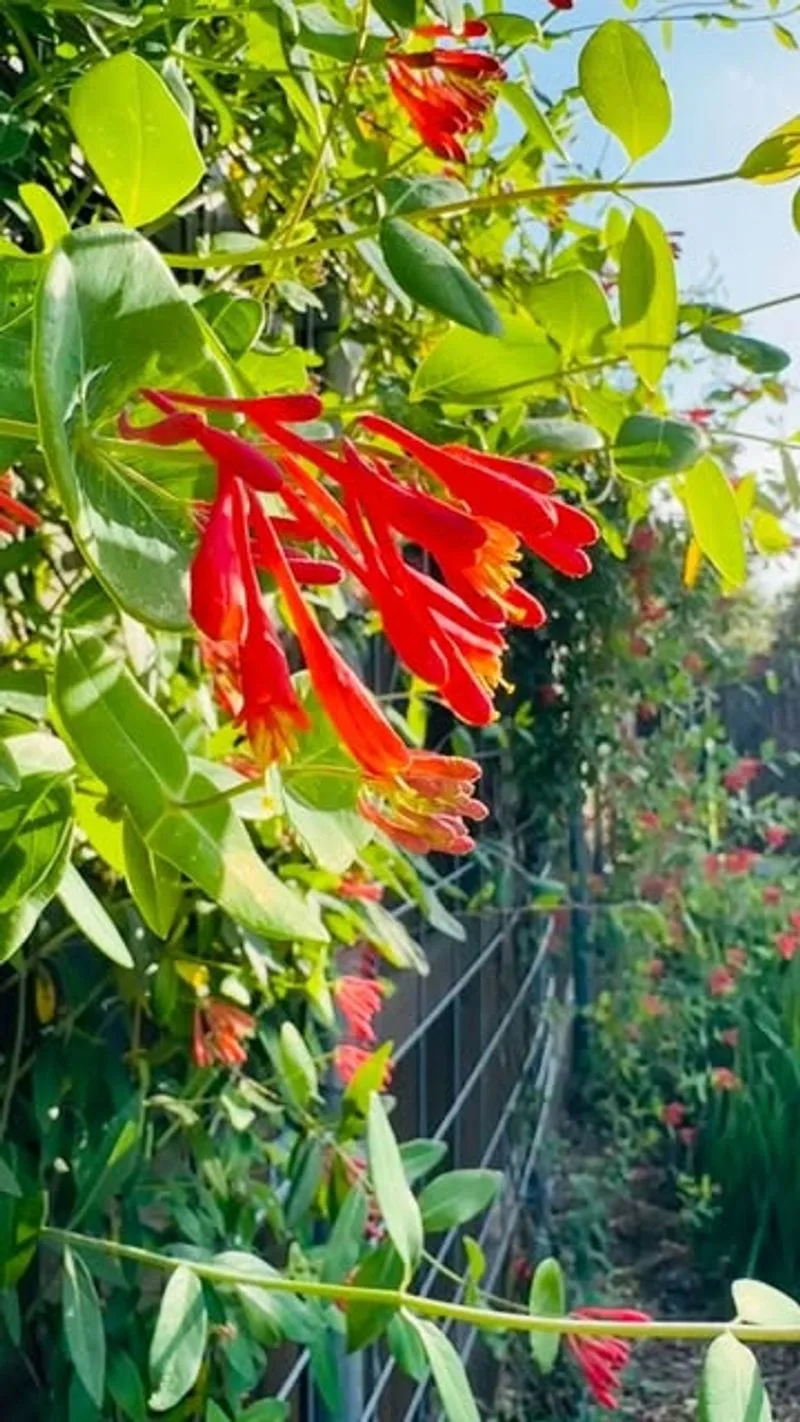
Honeysuckle demands a lot of water, especially during dry spells. Its thirstiness can be a burden, requiring frequent watering to keep it thriving. This necessity can be taxing, particularly during drought conditions or in areas with water restrictions. The plant’s beauty comes at a cost, as maintaining its lush appearance requires dedication to regular watering schedules. For those seeking low-maintenance plants, honeysuckle’s high water requirements might make it less desirable, adding to the gardener’s workload.
Prone to Mildew
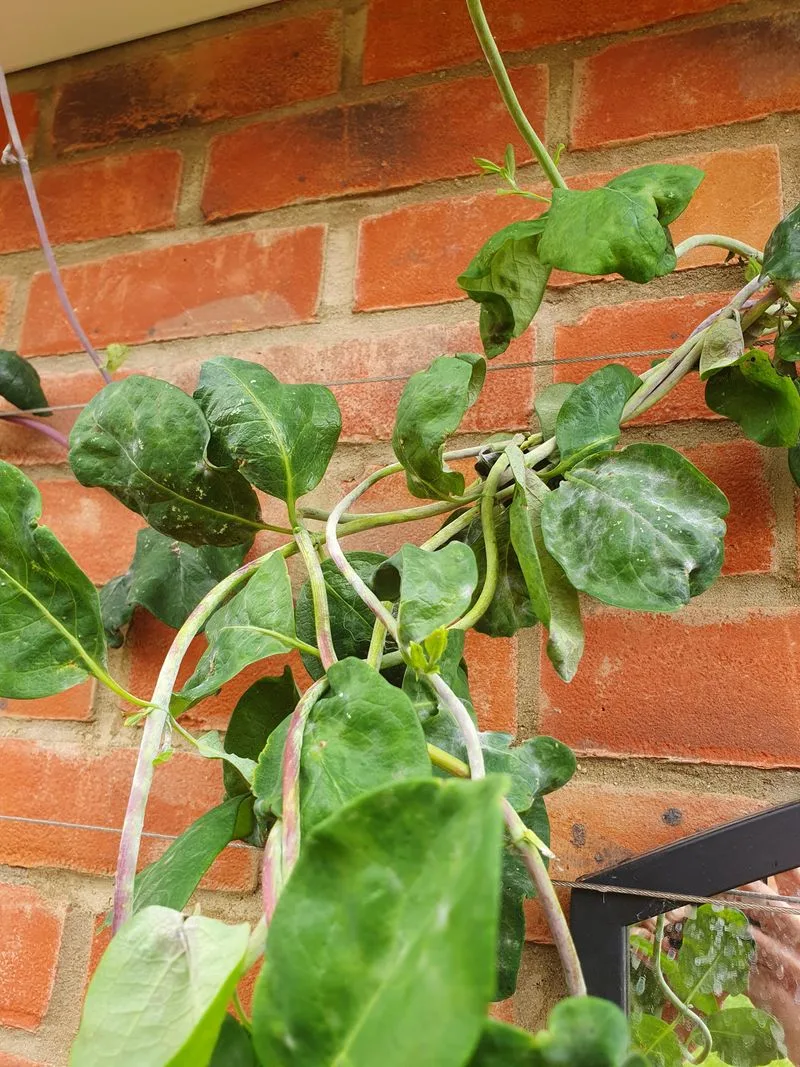
Honeysuckle is susceptible to powdery mildew, a fungal disease that can mar its appearance. This condition leaves unsightly white patches on leaves, detracting from the vine’s visual appeal. Mildew thrives in humid conditions, which means gardeners must be vigilant, especially in damp climates. Controlling mildew involves proper spacing, airflow, and possibly fungicidal treatments. Despite its elegance, honeysuckle’s vulnerability to mildew adds another layer of care that gardeners must consider. Preventing this issue requires both proactive and reactive measures.
Aggressive Growth
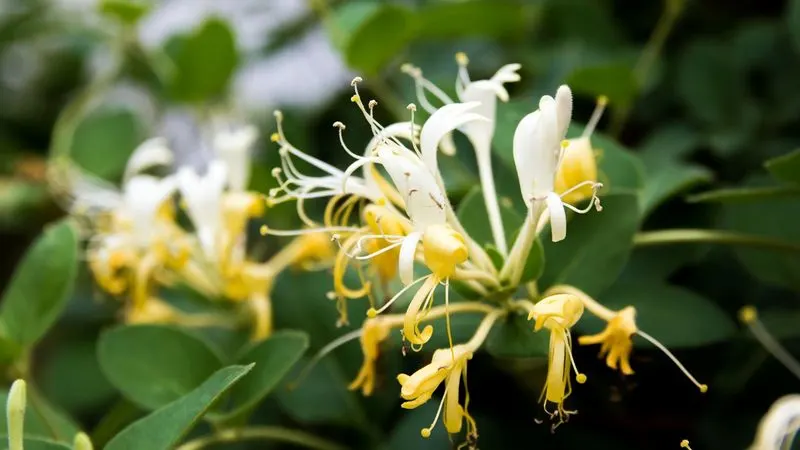
The aggressive growth habit of honeysuckle can be both a blessing and a curse. While it quickly covers unsightly areas, it can also overrun desired plants and structures. This relentless growth requires regular pruning to maintain control and prevent it from becoming unruly. For those who want a more structured garden, honeysuckle might pose a challenge. The plant’s tenacity means it can thrive in less-than-ideal conditions, but this resilience can lead to constant maintenance. Its rampant growth is something to be mindful of.
Enchanting Fragrance
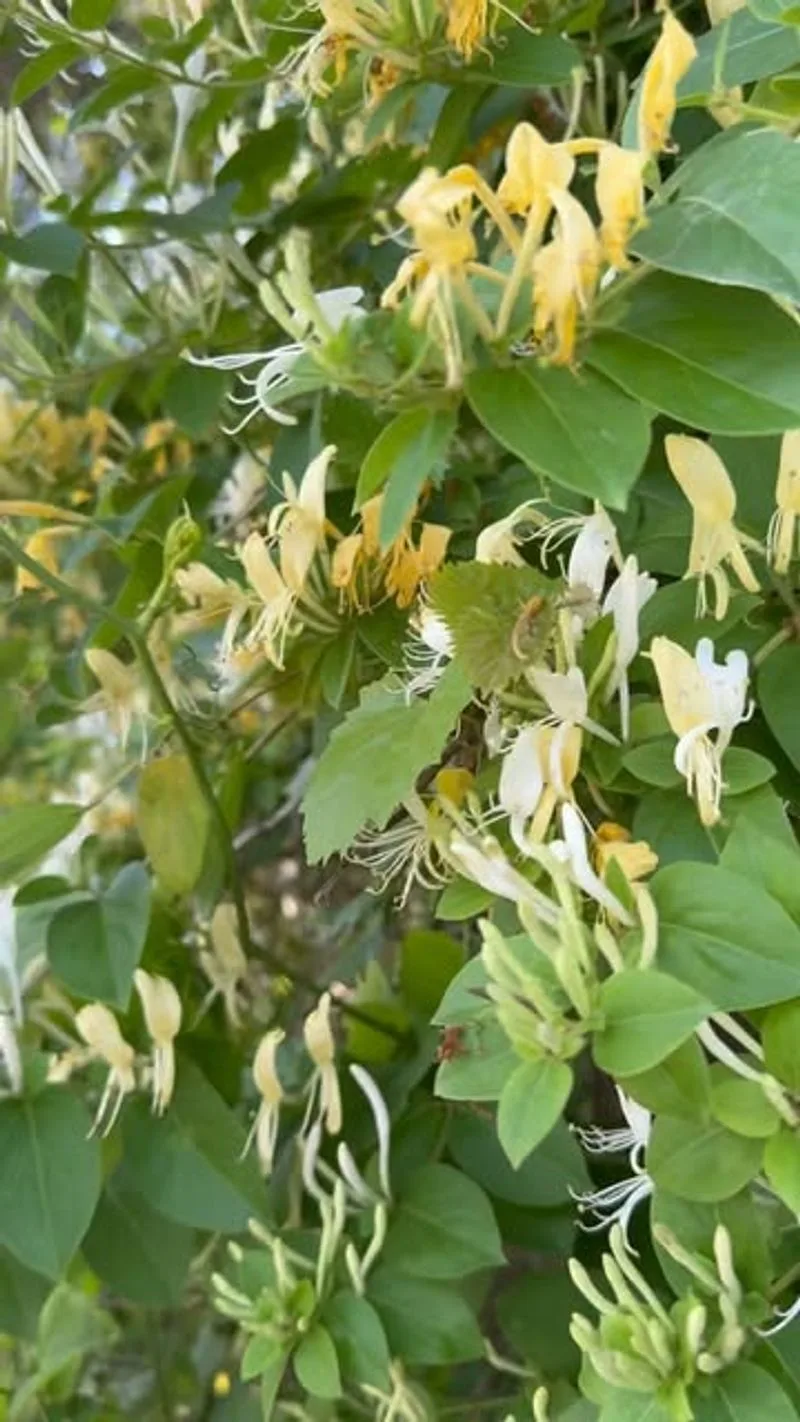
The fragrance of honeysuckle is nothing short of enchanting. Its sweet and intoxicating aroma fills the air, creating a delightful sensory experience. This alluring scent not only pleases humans but also attracts an array of pollinators, including hummingbirds and bees. The fragrance is often a nostalgic reminder of summer evenings, adding a magical quality to any garden. Such aromatic allure makes honeysuckle a beloved plant, cherished for its ability to transform outdoor spaces into fragrant retreats. It’s a scent that many can’t resist savoring.
Beautiful Blooms
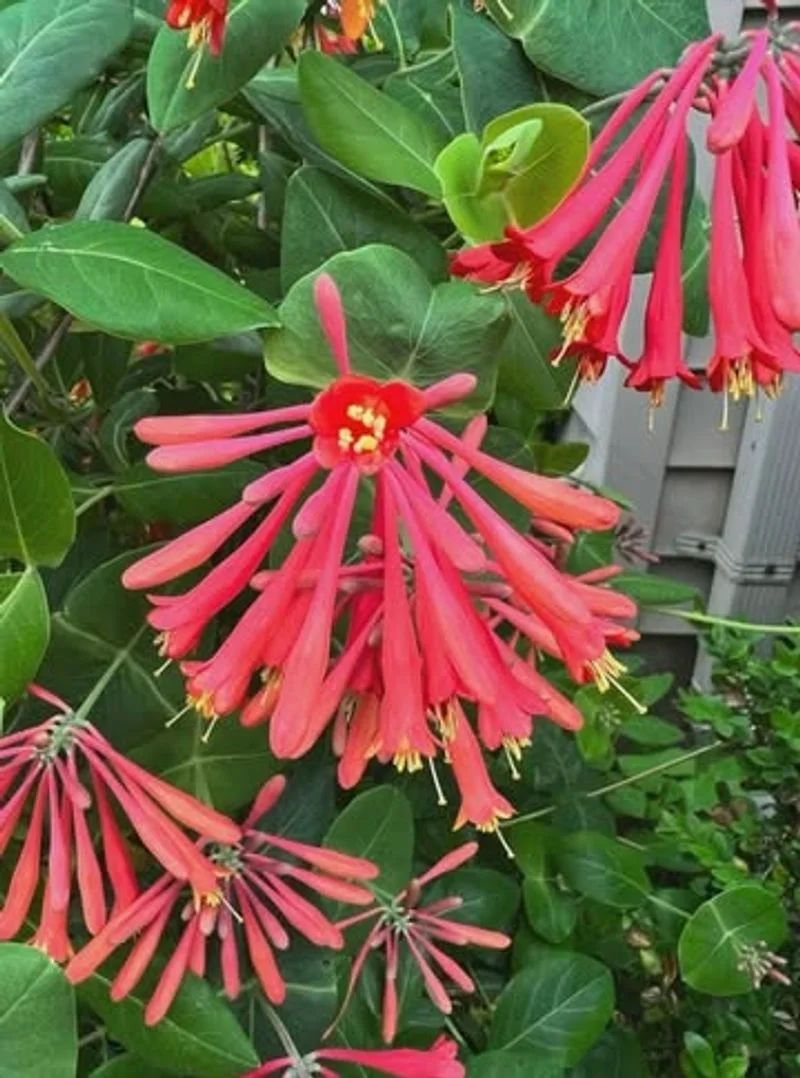
Honeysuckle flowers boast stunning visual appeal, with blooms that range in color from vivid reds to gentle yellows. These beautiful blossoms add a splash of color and life to any garden, making them a favorite amongst garden enthusiasts. Their visual charm is unmatched, drawing admiration and providing a picturesque backdrop. The elegance of honeysuckle blooms is further enhanced by their delicate shapes and alluring hues. This floral beauty elevates garden aesthetics, offering a vibrant and lively scene that captivates the senses and uplifts the spirit.
Wildlife Magnet
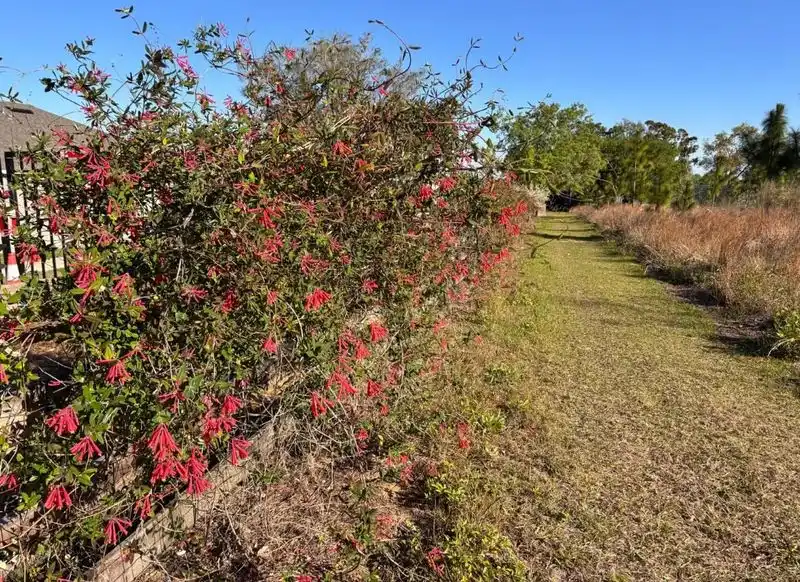
Honeysuckle acts as a magnet for wildlife, attracting bees, butterflies, and birds in droves. These creatures are drawn to its nectar-rich flowers, which provide a vital food source. The presence of wildlife adds a dynamic element to gardens, creating a lively and engaging environment. Watching these visitors flit from flower to flower offers a sense of connection to nature and enhances the garden’s ecosystem. Honeysuckle’s role as a wildlife haven makes it a plant that many gardeners treasure for its ability to invite and sustain nature’s guests.
Easy to Grow
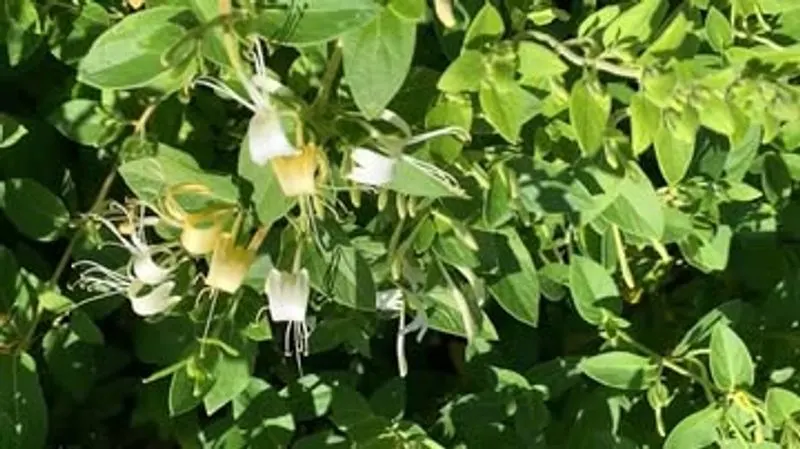
For those new to gardening, honeysuckle offers an easy entry point. Its robust nature allows it to thrive without demanding intensive care. This easygoing plant is particularly appealing to beginner gardeners or those looking to add beauty without excessive effort. Honeysuckle adapts well to various conditions, making it a versatile choice for different environments. Its resilience means that it can flourish despite occasional neglect, providing a rewarding gardening experience. The ease of growing honeysuckle adds to its enduring popularity among garden enthusiasts.
Versatile Uses
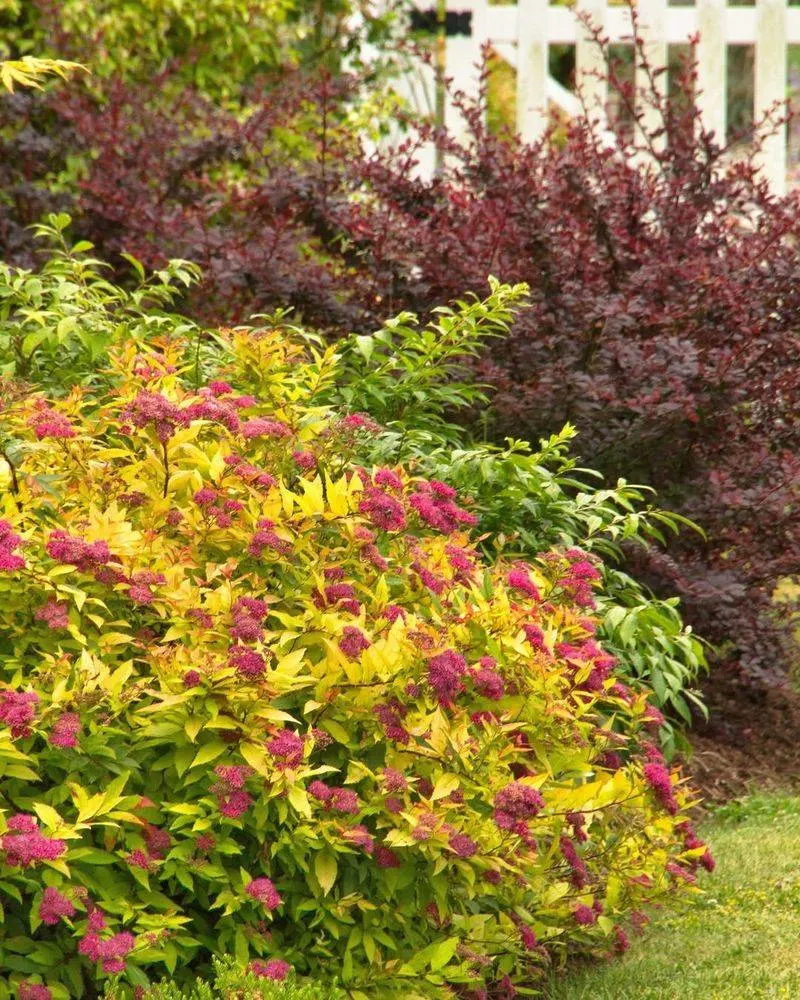
Honeysuckle’s versatility in the garden is one of its standout features. It can be trained to climb trellises, cover fences, or even act as a ground cover. This adaptability allows gardeners to use honeysuckle in creative ways, enhancing garden design and functionality. Whether used as a living wall or to fill gaps in garden beds, honeysuckle’s flexibility is a significant asset. This versatility makes it a valuable plant for those looking to innovate in their garden spaces. Its multifaceted nature ensures that honeysuckle remains a garden favorite.
Historical Significance

Honeysuckle has a rich historical significance, having been cherished in gardens for centuries. Its use dates back to ancient times, where it was often associated with love and devotion. This historical connection adds a layer of romance and nostalgia to its presence in modern gardens. Many cultures have utilized honeysuckle in traditional medicine and folklore, attributing various symbolic meanings to its blooms. The historical allure of honeysuckle deepens its appeal, inviting gardeners to partake in a long-standing tradition of admiration and cultivation.

